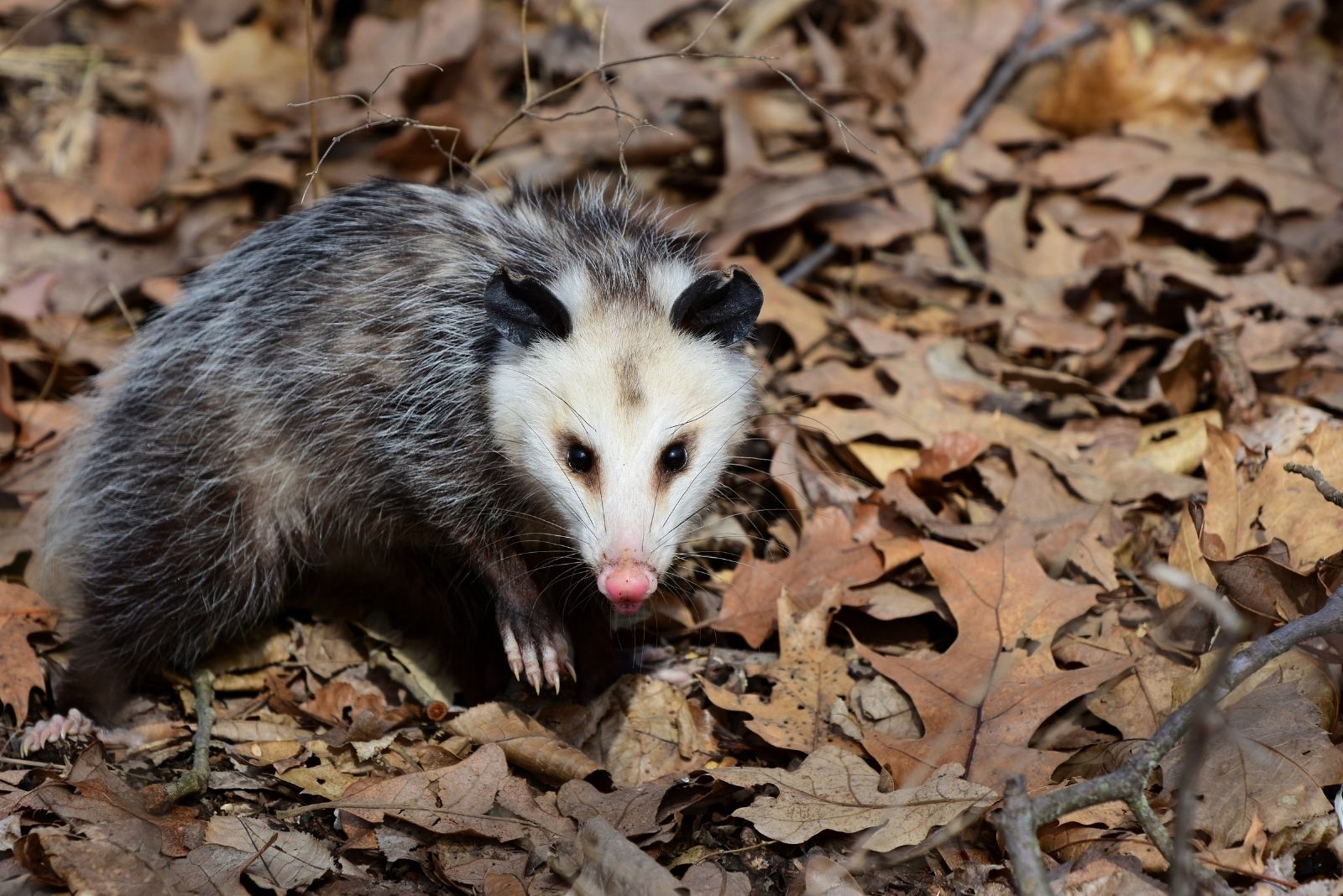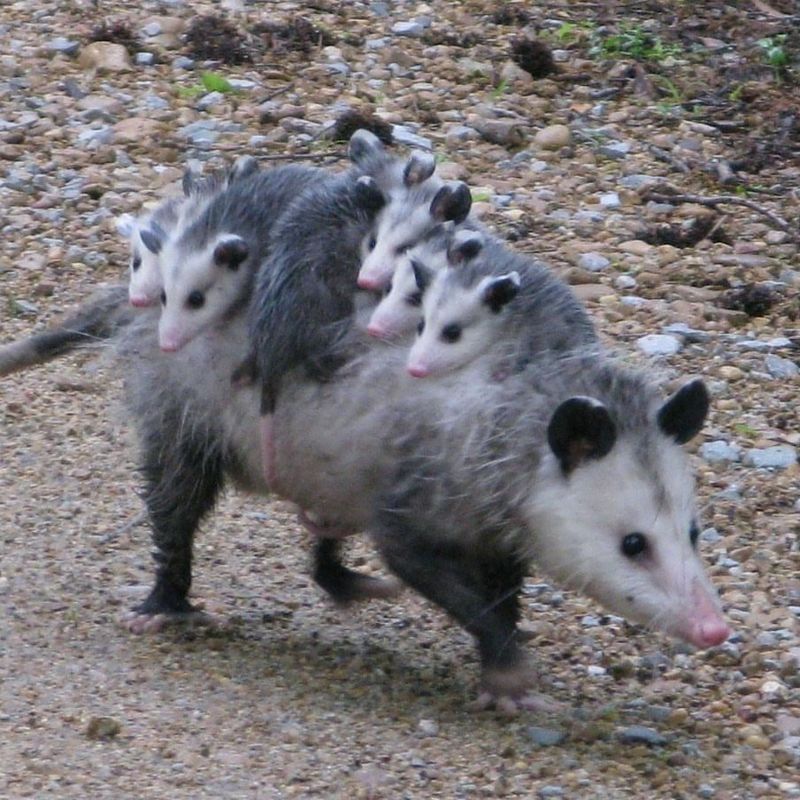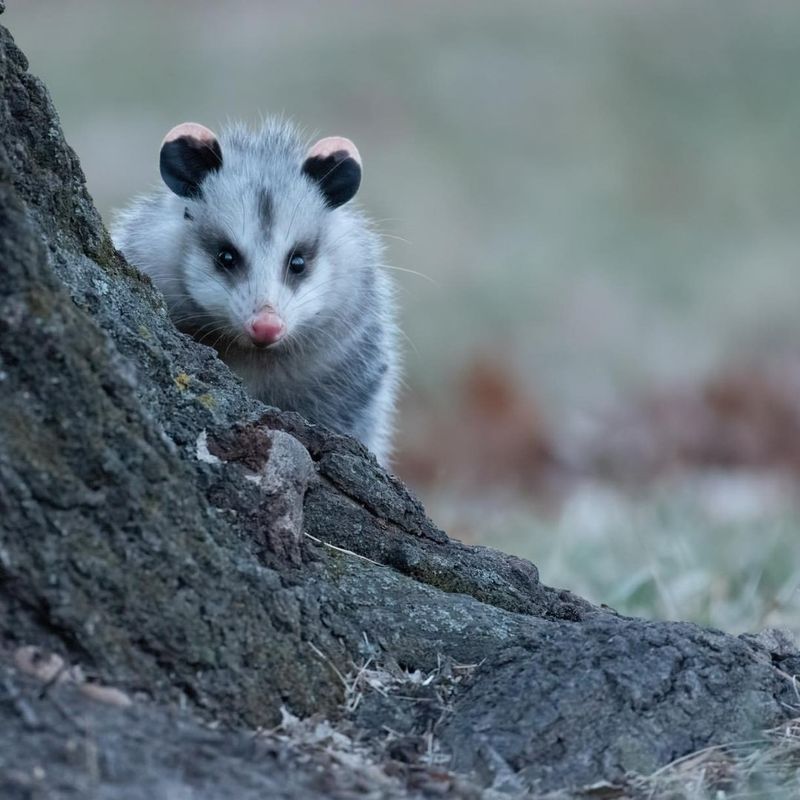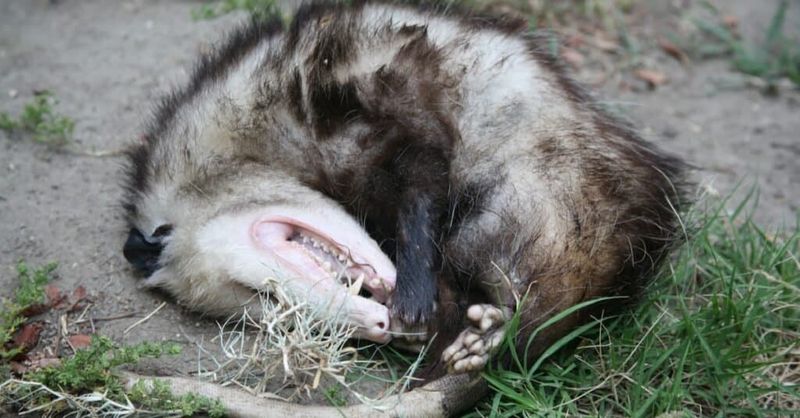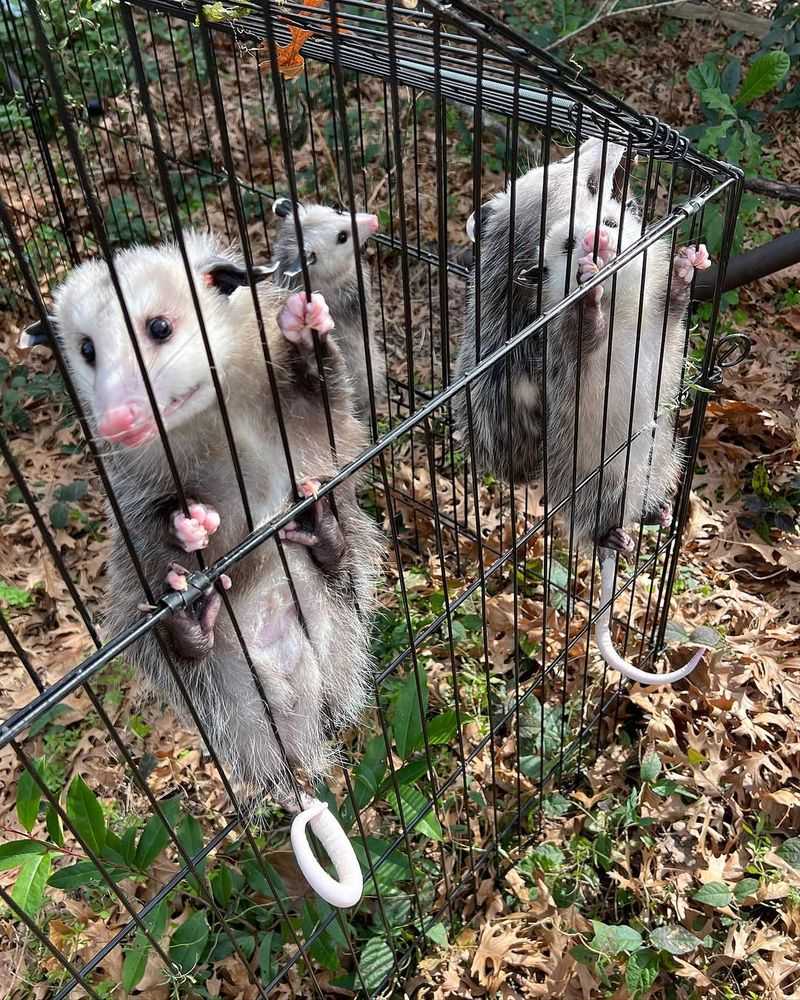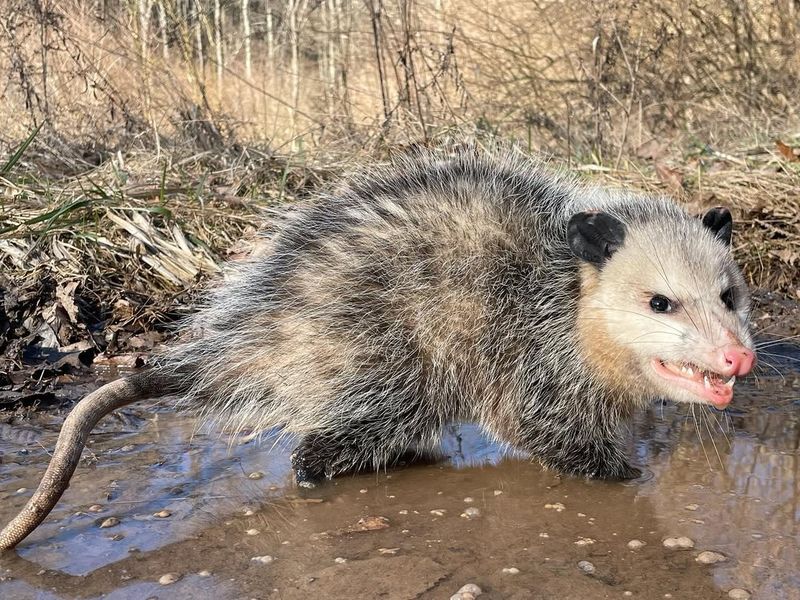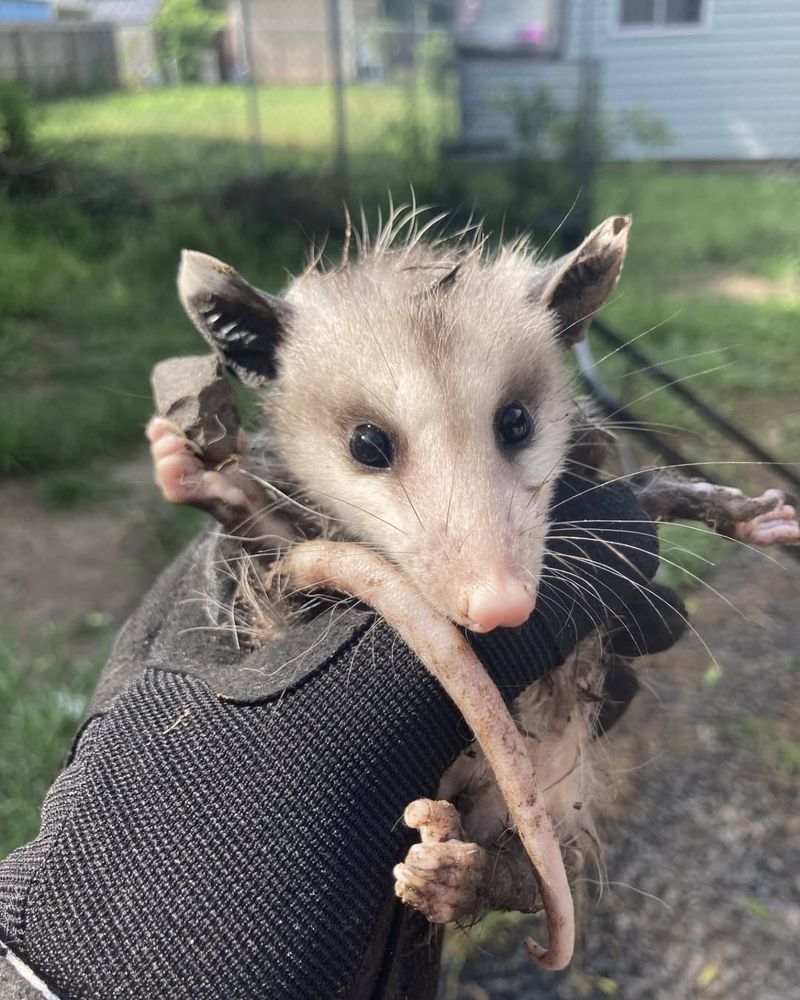Finding a possum in your Texas yard can be startling, especially when you’re not sure how to handle the situation safely. These nocturnal creatures are actually quite common throughout the Lone Star State, and dealing with them requires some careful consideration.
Before you take any action to remove possums from your property, there are important facts you need to understand about their behavior, legal protections, and the best removal methods.
1. Possums Are Actually Beneficial Neighbors
Many homeowners panic when they spot a possum, but these marsupials actually help your yard more than harm it. Possums feast on ticks, cockroaches, and other pests that can cause real problems for your family and pets.
A single possum can eat up to 5,000 ticks in one season, which helps reduce the spread of Lyme disease. They also clean up fallen fruit, dead animals, and garbage that might attract rats or other unwanted visitors to your property.
2. Texas Law Protects These Creatures
Before you try trapping or removing a possum yourself, you should know that Texas has specific wildlife regulations you must follow. State law requires anyone trapping wildlife to have proper permits, and there are strict rules about how and where you can relocate animals.
Violating these regulations can result in hefty fines ranging from hundreds to thousands of dollars. Contact your local Texas Parks and Wildlife Department office to learn what’s legal in your county before taking any action.
3. They Rarely Carry Rabies
One common fear about possums is rabies, but science tells a different story that might surprise you. Possums have a lower body temperature than most mammals, which makes it extremely difficult for the rabies virus to survive in their systems.
Cases of rabid possums are incredibly rare in Texas and across North America. While you should never approach or handle any wild animal, possums pose far less disease risk than raccoons, skunks, or bats that commonly visit yards.
4. Playing Dead Is Their Main Defense
When threatened, possums perform an involuntary response called thanatosis, which looks like they’re faking death to escape danger. Their body goes limp, they drool, release a foul smell, and can stay motionless for up to four hours until they feel safe again.
Understanding this behavior helps you realize possums aren’t aggressive animals at all. If you encounter one acting strangely or lying still, give it space and time to recover rather than assuming it’s sick or trying to attack.
5. Removal Should Be Humane And Temporary
Professional wildlife experts recommend humane removal methods that don’t harm possums or separate mothers from their babies. Live traps baited with fruit or cat food work well, but you must check them frequently to avoid leaving animals trapped in Texas heat.
Most possums are just passing through your yard and will leave on their own within a few days. Creating an unwelcoming environment by securing trash cans and removing food sources is often more effective than trapping.
6. They’re Nomadic And Won’t Stay Long
Unlike raccoons that establish permanent dens, possums are wanderers who rarely stay in one location for more than a few nights. They travel through neighborhoods searching for food and shelter, moving on once resources run out or they feel threatened.
Your yard is probably just a stopover on their nightly route rather than a permanent home. Patience often solves the problem naturally without any intervention, saving you time, money, and the hassle of dealing with wildlife removal.
7. Prevention Beats Removal Every Time
Stopping possums from entering your yard is much easier than trying to remove them after they arrive. Secure all garbage cans with tight-fitting lids, pick up fallen fruit from trees, and don’t leave pet food outside overnight.
Seal crawl spaces under decks and sheds with hardware cloth, and trim tree branches that hang over your roof to prevent easy access. Motion-activated lights and sprinklers can also discourage nighttime visitors without causing them harm or requiring trapping efforts.
8. Professional Help Is Often Worth The Cost
Wildlife removal experts understand possum behavior, know Texas regulations, and have proper equipment to handle situations safely and legally. They can identify entry points you might miss and provide exclusion services that prevent future problems.
While DIY removal might seem cheaper initially, mistakes can lead to legal fines, injured animals, or possums returning repeatedly. Professional services typically cost between 150 to 400 dollars but include inspection, removal, and prevention advice that saves money long-term.

